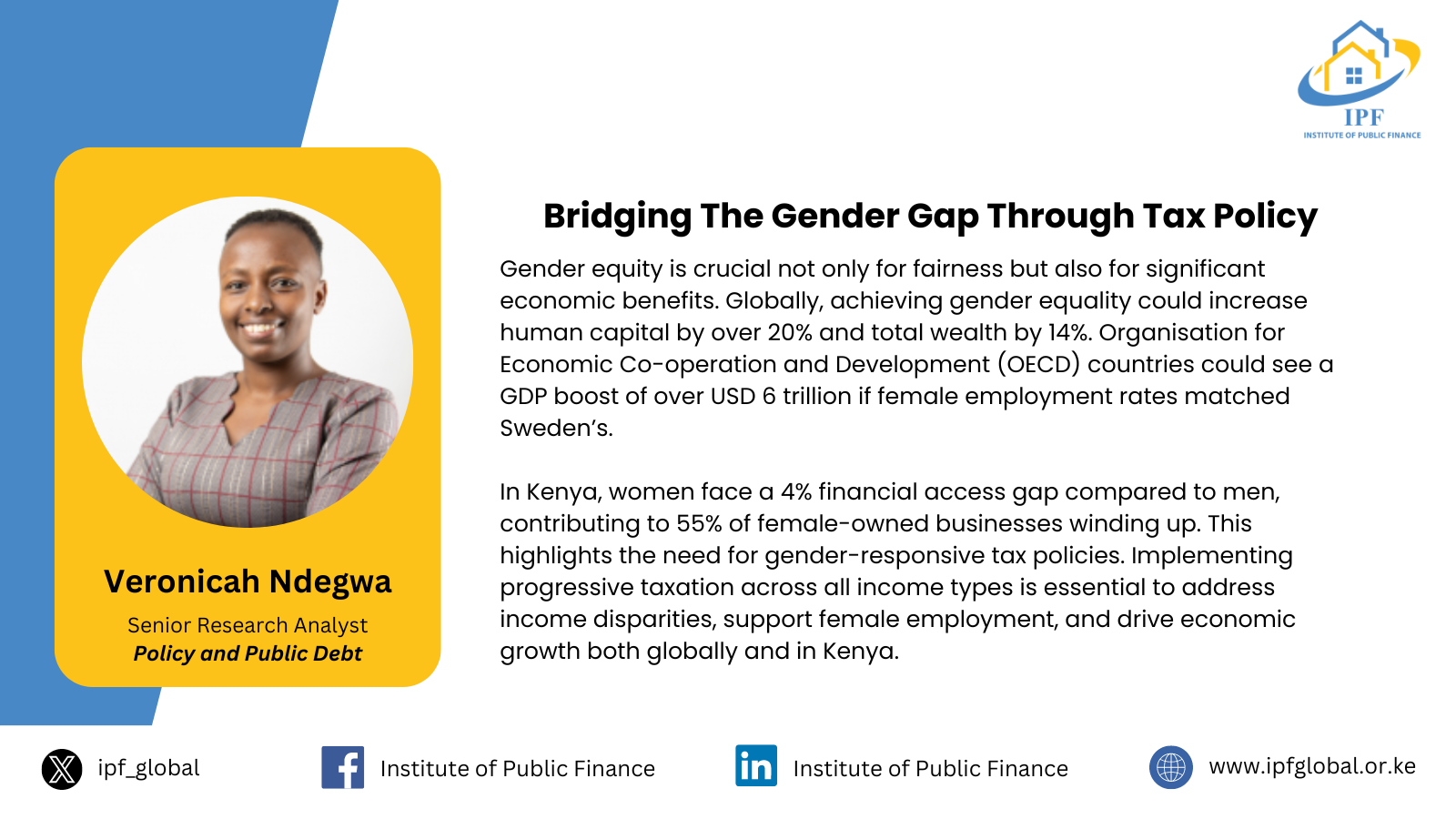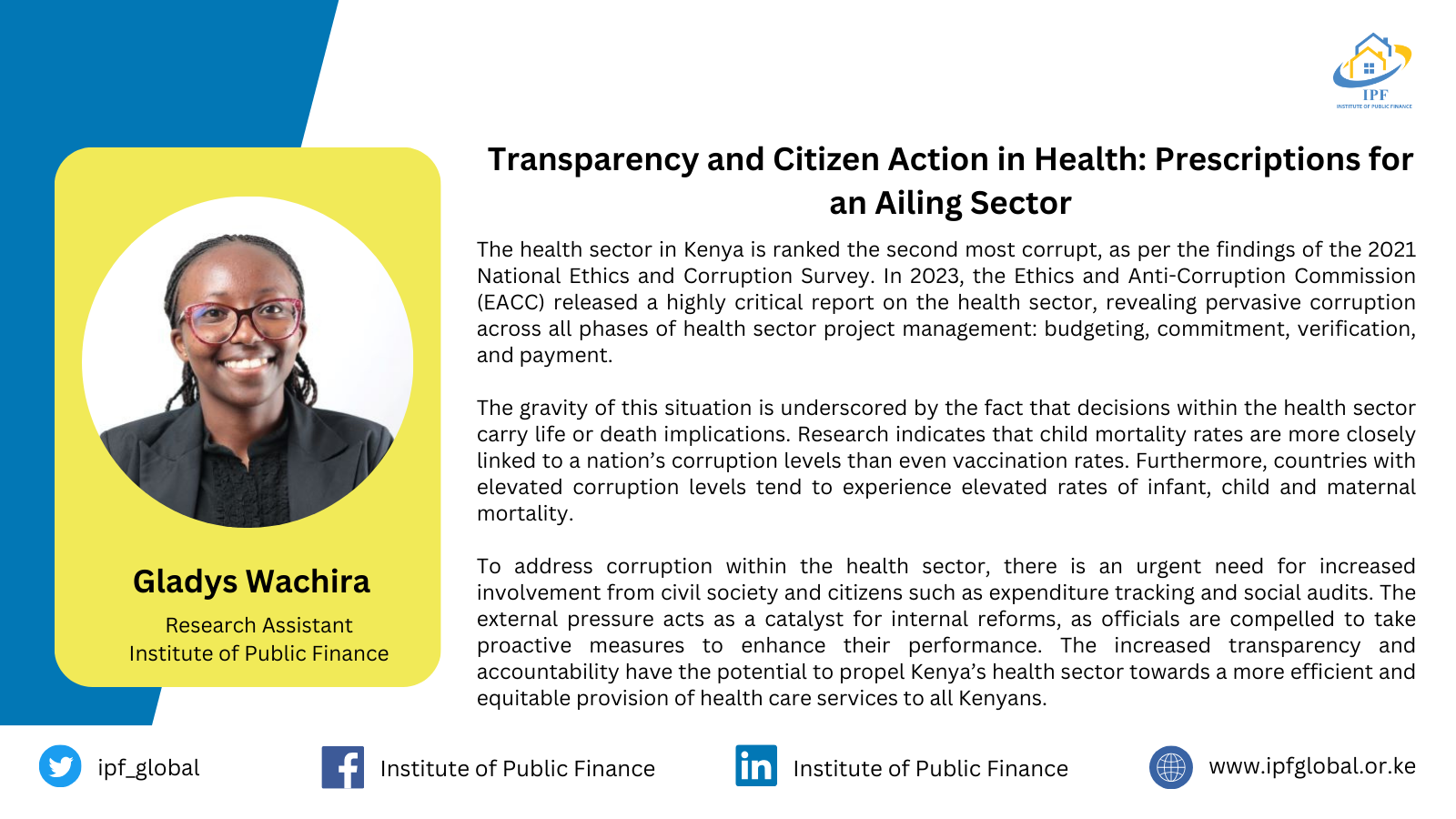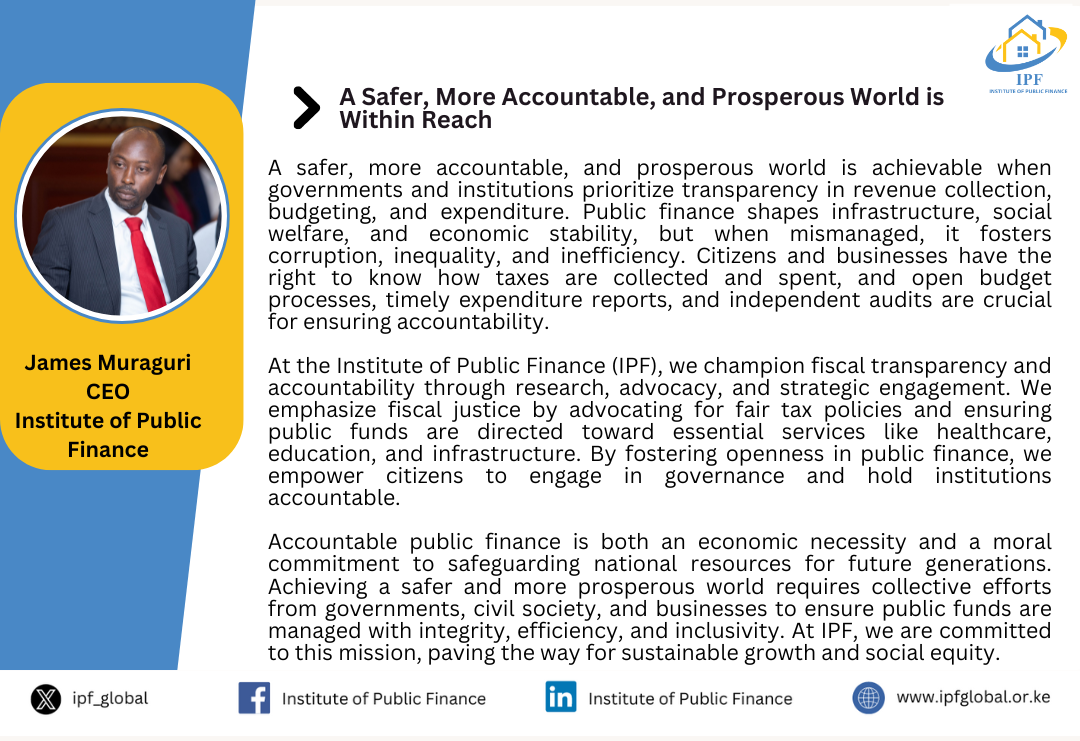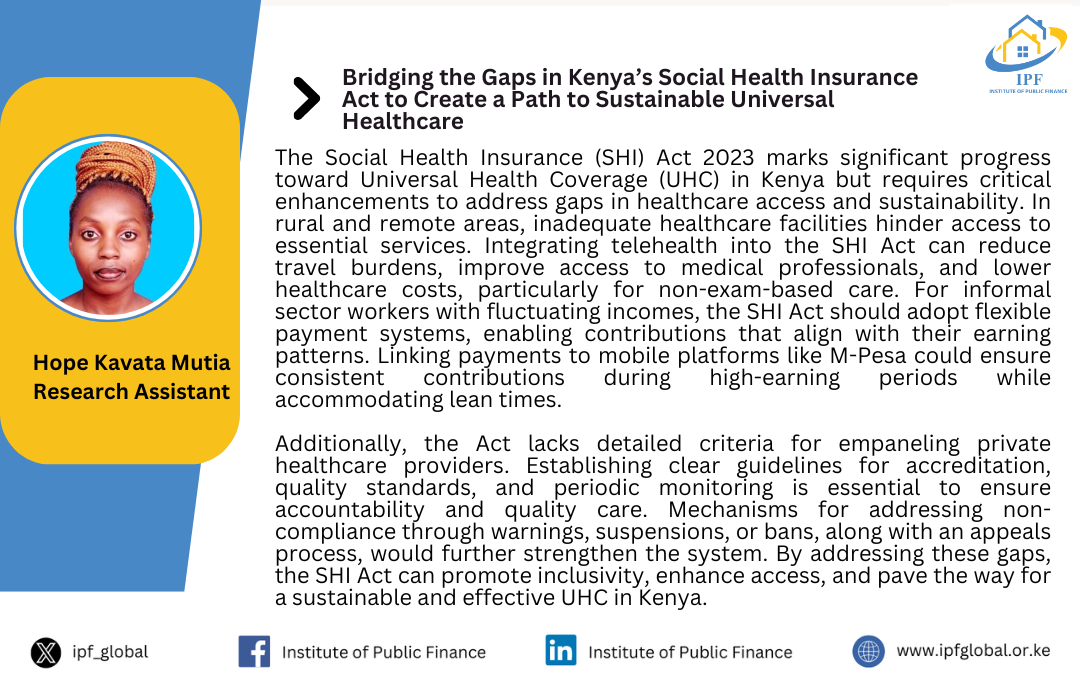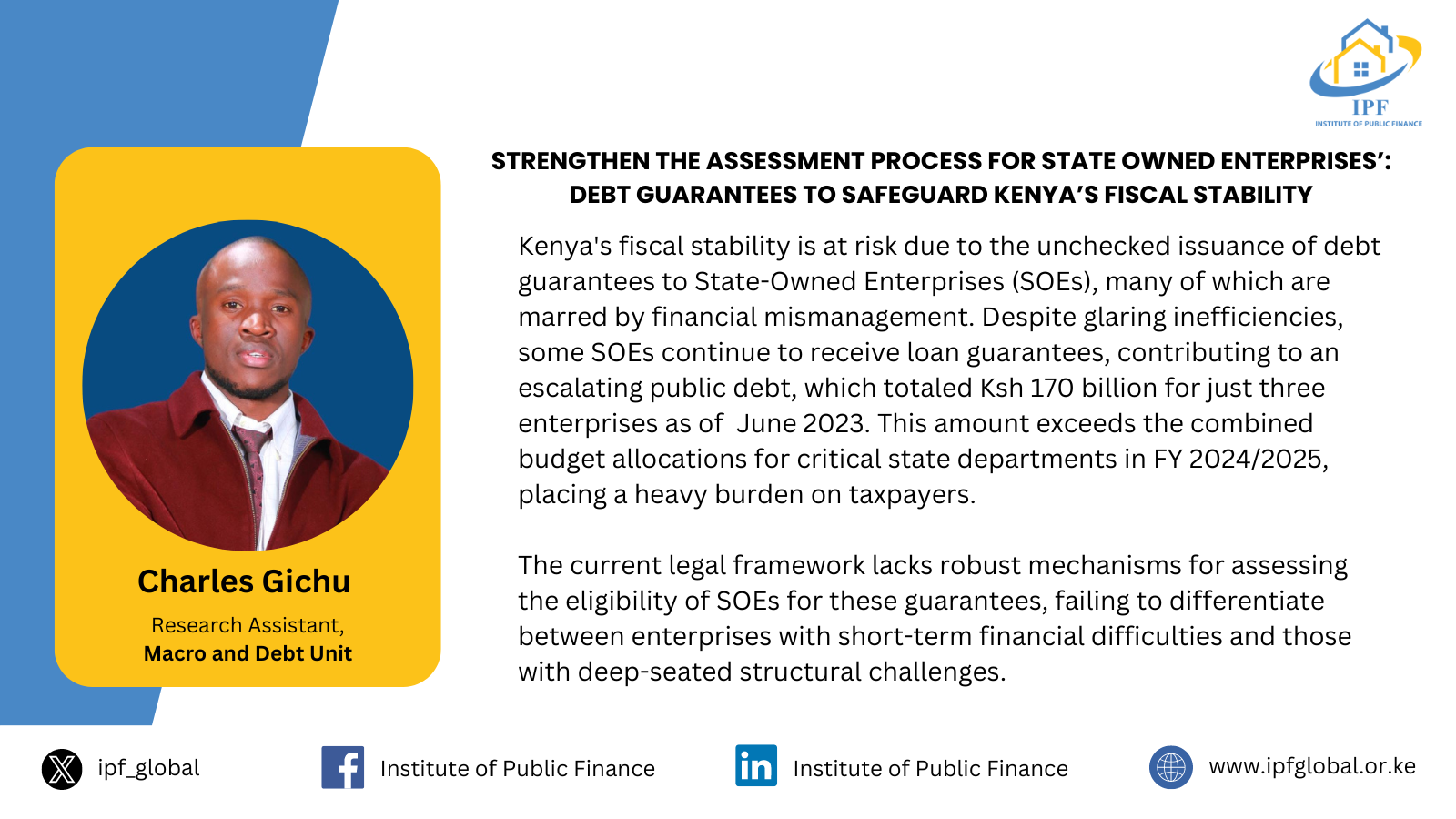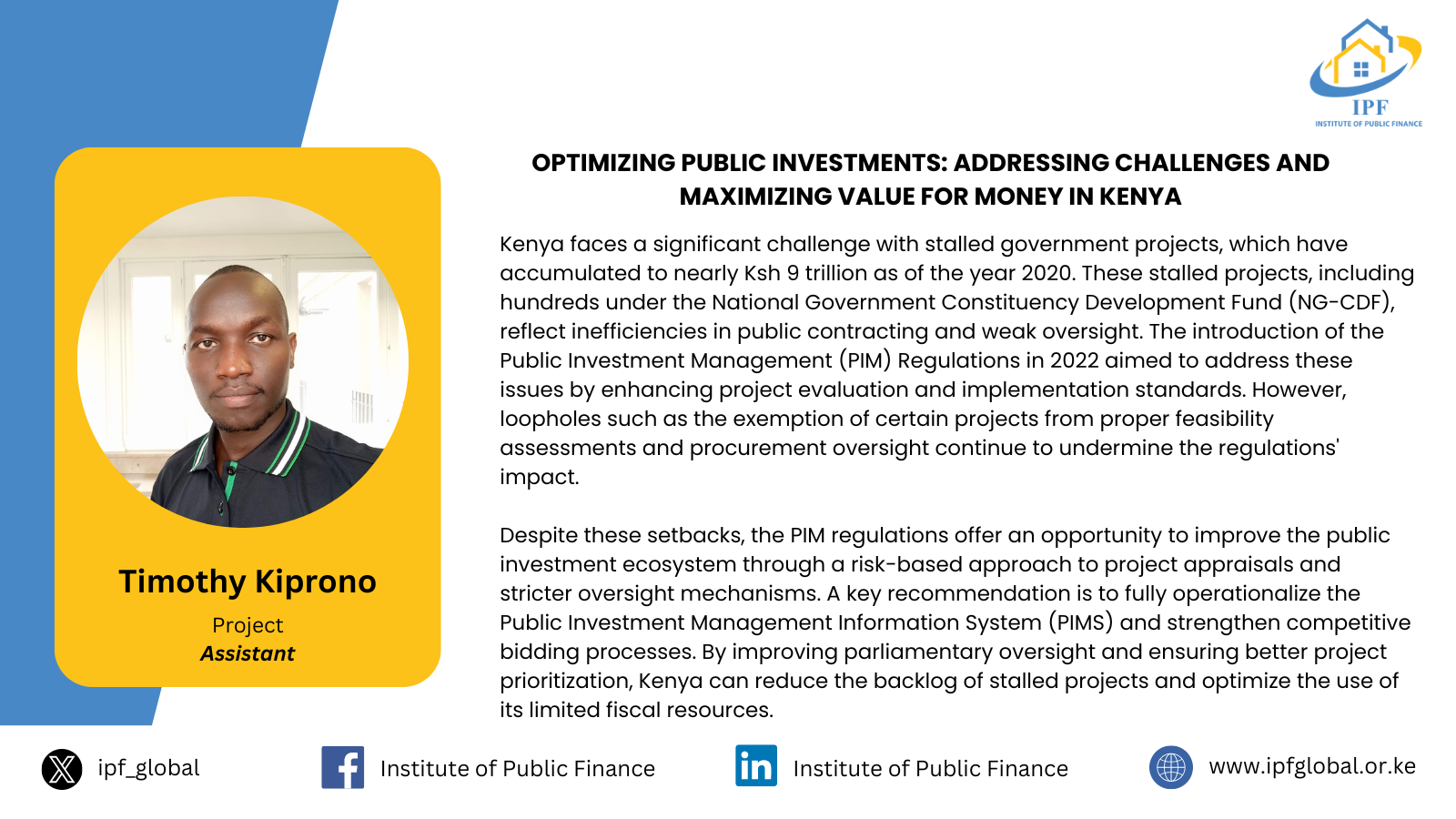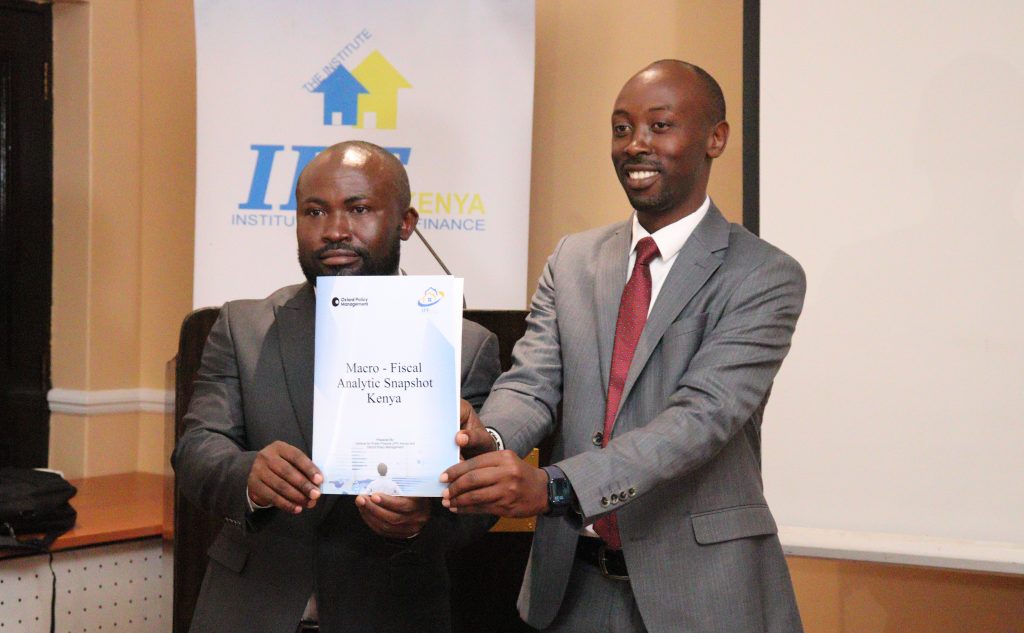
Kenya’s economic damage caused by Covid-19 is worse than originally anticipated, with a downturn that leaves the GDP approximately 9 per cent below the pre-crisis forecast by 2023. Prior to the Covid-19 crisis, Kenya’s public finances were managed in an unsustainable manner, which made the country vulnerable to shocks, stopped the government from mounting a very significant stimulus in 2019/20, and now leaves it with a pressing need for fiscal consolidation going forward.
The Institute of Public Finance Kenya and Oxford Policy Management’s Macro-Fiscal Analytic Snapshot outlines the following key issues to monitor;
- Whether the government sticks to its committed path for fiscal consolidation in the upcoming 2021/22 budget revision and 2022/23 budget. Given the government’s failure to bring the deficit under control in past years, there is reason to question whether it will do so this time, despite the greater urgency.
- The development of the new National Tax Policy Framework. Due to be released in 2021/22, the new national tax policy framework promises to outline new measures to boost revenue performance, including the reversal of the many exemptions and exclusions that have plagued Kenya’s performance for many years. It is especially important, but is politically difficult, so must be monitored closely.
- The impact of fiscal consolidation on county government finances. Government plans for fiscal consolidation are set to have a major impact on the finances of county governments, which if carried through, will have major implications for service delivery going forward.
- The impact of continued delays in transfers to counties on service delivery. So far in 2021-22, transfers are on average behind schedule by two months.
James Muraguri, the founder and CEO at Institute of Public Finance, says, ‘‘the PFM system in Kenya still faces some critical weaknesses. The national government has continued to make efforts to strengthen budget transparency, but county information is limited. At the time of writing, county governments had not made their FY 2021/22 budgets publicly available, and there continues to be no ‘one-stop shop’ for accessing county budgets.’’
The Institute’s Head of Research, John Nyangi, adds ‘‘to achieve the current Universal Health Care (UHC) health reforms, Kenya must increase per capita health funding from $55 recorded in 2018 to the international benchmark of $86 through fast-tracking of National Health Insurance Fund (NHIF) reforms.
Out-of-pocket (OOP) per capita spending has also increased to $22 in 2018, as compared to $19 in 2017. There is a need to reduce OOP expenditure to cushion citizens and reduce financial risks when accessing healthcare. Additionally, the government should prioritize the allocation of adequate resources to the National Immunization and Vaccines Program (NVIP) as well as Covid-19 vaccination rollout’’
Fiscal deficits of 8 per cent of GDP in 2019/20 and 2020/21 (estimated) are expected to push debt to over 70 per cent of GDP by the end of 2021/22, with Kenya continuing to be assessed as being at high risk of debt distress by the IMF. Government plans to narrow the deficit imply significant cuts to public spending from 2022/23 onwards, at both levels of government.
Here’s the full report.





